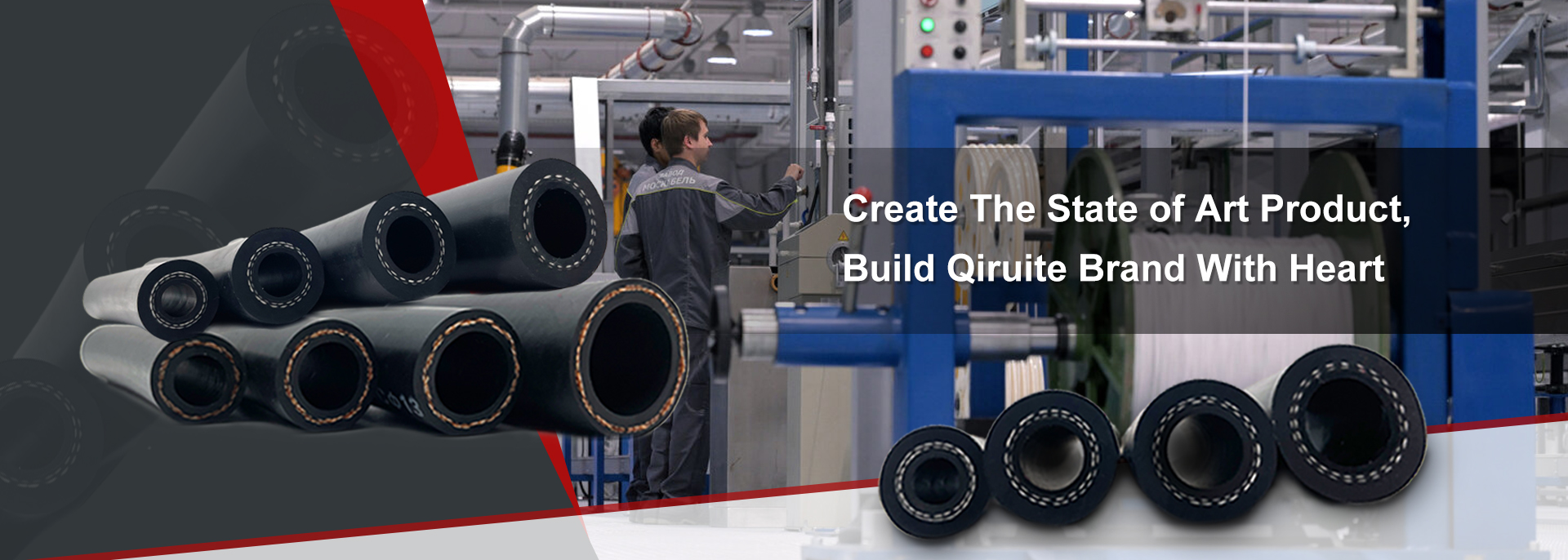Understanding the Role of Switch Ports in Power Steering Hose Systems
Understanding the Switch Port on Power Steering Hoses
Power steering systems have evolved significantly over the years, providing drivers with enhanced control and maneuverability. At the heart of this system, the power steering hose plays a pivotal role in transmitting hydraulic fluid from the pump to the steering gear. One fascinating component found in some power steering hoses is the switch port. This article aims to unpack what a switch port is, its functionality, and its importance in the overall power steering system.
What is a Switch Port?
A switch port on a power steering hose is essentially a small opening or connection point that allows for the integration of a pressure-switch sensor into the power steering system. This switch is designed to signal various aspects of the steering system's performance and is typically located on the high-pressure side of the power steering hose. The presence of a switch port enables the detection of pressure changes within the power steering system, which is crucial for its proper functioning.
Function of the Switch Port
The primary function of the switch port is to monitor the pressure of the hydraulic fluid in the steering system. When the power steering pump generates pressure, this pressure is transmitted through the hoses to assist in steering. If for any reason the fluid pressure falls below a certain threshold, the pressure sensor can activate warning signals, informing the driver of potential issues such as low fluid levels, leaks, or pump failures.
Moreover, the switch port can aid in controlling electrical components integrated within the power steering system. For instance, many modern vehicles utilize electric power steering (EPS) that relies on various sensors to adjust the level of assistance provided based on driving conditions. The information communicated through the switch port can interact with these systems, optimizing performance and enhancing safety.
what is a switch port on power steering hose

Importance of Switch Ports
1. Enhanced Performance Monitoring The inclusion of a switch port in the power steering hose allows for real-time monitoring of the hydraulic system's performance. This feedback is vital for ensuring that the vehicle operates safely and efficiently, especially during complex driving situations or when navigating tight turns.
2. Preventative Maintenance By detecting pressure drops early, the switch port can help prevent more significant issues down the line. For instance, if a leak develops in the system, the sensor will alert the driver, allowing for timely repairs. This proactive approach can save vehicle owners from costly repairs and prolong the life of the steering system.
3. Safety Enhancements Vehicles equipped with advanced driver-assistance systems (ADAS) benefit from the monitoring capabilities provided by switch ports. By accurately gauging hydraulic pressure, these systems can make necessary adjustments to steering responses, improving overall safety and driving experience.
4. Integration with Other Systems In modern vehicles, integration between various systems is key to enhancing vehicle performance. The switch port’s ability to communicate with both the power steering system and other electronic systems means that it plays a crucial role in overall vehicle dynamics. This integration can lead to more responsive handling and improved vehicle stability.
Conclusion
The switch port on power steering hoses is a vital component that enhances the function and safety of modern vehicles. By allowing for real-time monitoring of hydraulic pressure, it serves as an early warning system for potential issues, facilitates preventative maintenance, and contributes to the overall performance of the steering system. As vehicles continue to evolve towards greater reliance on electronic systems and advanced technologies, the role of the switch port will likely expand, ensuring that drivers can enjoy improved safety and responsiveness on the road. Understanding the intricacies of components like the switch port empowers vehicle owners to make informed decisions about their vehicle maintenance and performance — making it an integral part of modern automotive engineering.
-
Ultimate Spiral Protection for Hoses & CablesNewsJun.26,2025
-
The Ultimate Quick-Connect Solutions for Every NeedNewsJun.26,2025
-
SAE J1401 Brake Hose: Reliable Choice for Safe BrakingNewsJun.26,2025
-
Reliable J2064 A/C Hoses for Real-World Cooling NeedsNewsJun.26,2025
-
Heavy-Duty Sewer Jetting Hoses Built to LastNewsJun.26,2025
-
Fix Power Steering Tube Leaks Fast – Durable & Affordable SolutionNewsJun.26,2025

